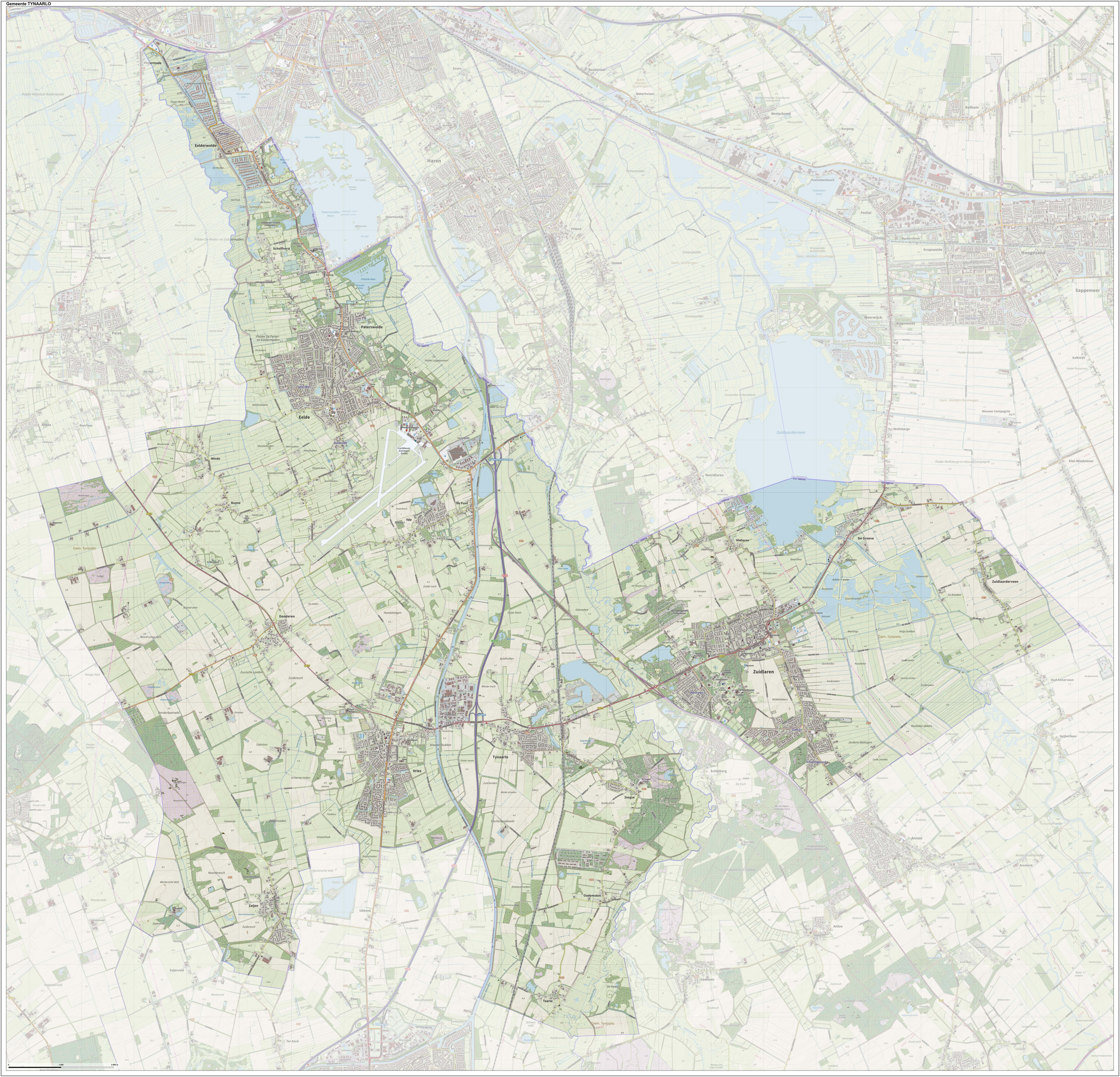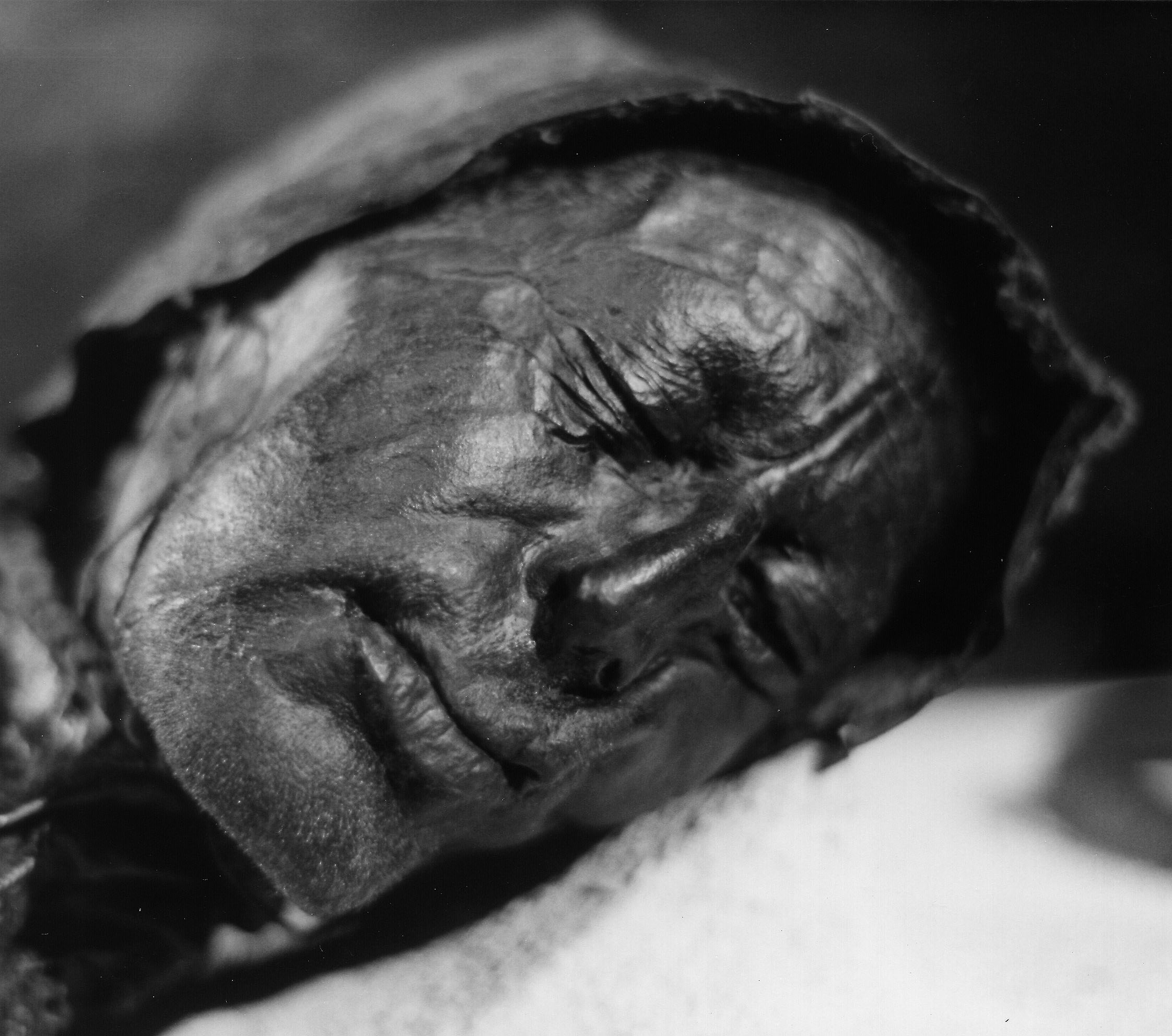|
Yde Girl
Yde Girl () is a bog body found in the ''Stijfveen'' peat bog near the village of Yde, Netherlands. She was found on 12 May 1897 and was reputedly uncannily well-preserved when discovered (especially her hair), but by the time the body was turned over to the authorities two weeks later, it had been severely damaged and deteriorated. Most of her teeth and hair had been pulled from the skull. The peat cutting tools had also been reported to have severely damaged the body. Examination Carbon-14 tests have indicated that Yde Girl died between 54 BC and 128 AD at an approximate age of 16 years. She had long reddish-blond hair, but one side of her head was initially thought to have been shaved before she died. Recent studies of Windeby I, however, have suggested that the shaved hair phenomenon in some bog bodies may simply attest to one side of the head being exposed to oxygen slightly longer than the other. Scans have shown that she suffered from scoliosis. She stood at , which is ... [...More Info...] [...Related Items...] OR: [Wikipedia] [Google] [Baidu] |
Tynaarlo
Tynaarlo (; Gronings: ''Tynaorl'') is a village and municipality in the Northeastern Netherlands. Although it is located in the province of Drenthe, many of its communities serve as suburbs of the neighbouring city of Groningen, capital of the eponymous province. In 2019, the municipality of Tynaarlo had a population of 33,698. History The municipality of Tynaarlo was established in 1998 as the merger of the former municipalities of Eelde, Vries and Zuidlaren; it was supposed to retain the name of the latter, but after the two first voiced their discontent, the name of the smaller central village of Tynaarlo was chosen. Population centres Topography Village of Tynaarlo The village of Tynaarlo is a part of the municipality and lies about north of Assen. It is situated between the three largest villages of the municipality: Zuidlaren, Eelde and Vries. Tynaarlo is located close to the motorway A28, which is a connection to the south and the west of the country. I ... [...More Info...] [...Related Items...] OR: [Wikipedia] [Google] [Baidu] |
Disability Studies
Disability studies is an academic discipline that examines the meaning, nature, and consequences of disability. Initially, the field focused on the division between "impairment" and "disability," where impairment was an impairment of an individual's mind or body, while disability was considered a social constructionism, social construct. This premise gave rise to two distinct models of disability: the Social model of disability, social and medical model of disability, medical models of disability. In 1999 the social model was universally accepted as the model preferred by the field. However, in recent years, the division between the social and medical models has been challenged. Additionally, there has been an increased focus on interdisciplinary research. For example, recent investigations suggest using "cross-sectional markers of stratification" may help provide new insights on the non-random distribution of risk factors capable of acerbating disablement processes. Disability stu ... [...More Info...] [...Related Items...] OR: [Wikipedia] [Google] [Baidu] |
Deaths By Strangulation
Death is the irreversible cessation of all biological functions that sustain an organism. For organisms with a brain, death can also be defined as the irreversible cessation of functioning of the whole brain, including brainstem, and brain death is sometimes used as a legal definition of death. The remains of a former organism normally begin to decompose shortly after death. Death is an inevitable process that eventually occurs in almost all organisms. Death is generally applied to whole organisms; the similar process seen in individual components of an organism, such as cells or tissues, is necrosis. Something that is not considered an organism, such as a virus, can be physically destroyed but is not said to die. As of the early 21st century, over 150,000 humans die each day, with ageing being by far the most common cause of death. Many cultures and religions have the idea of an afterlife, and also may hold the idea of judgement of good and bad deeds in one's life ( h ... [...More Info...] [...Related Items...] OR: [Wikipedia] [Google] [Baidu] |
Bog Bodies
A bog body is a human cadaver that has been naturally mummified in a peat bog. Such bodies, sometimes known as bog people, are both geographically and chronologically widespread, having been dated to between and the Second World War. Fischer 1998. p. 237. The unifying factor of the bog bodies is that they have been found in peat and are partially preserved; however, the actual levels of preservation vary widely from perfectly preserved to mere skeletons. Van der Sanden 1996. p. 7. Unlike most ancient human remains, bog bodies often retain their skin and internal organs due to the unusual conditions of the surrounding area. Combined, highly acidic water, low temperature, and a lack of oxygen preserve but severely tan their skin. While the skin is well-preserved, the bones are generally not, due to the dissolution of the calcium phosphate of bone by the peat's acidity. The acidic conditions of these bogs allow for the preservation of materials such as skin, hair, nails, wool and l ... [...More Info...] [...Related Items...] OR: [Wikipedia] [Google] [Baidu] |
Archaeological Discoveries In The Netherlands
Archaeology or archeology is the scientific study of human activity through the recovery and analysis of material culture. The archaeological record consists of artifacts, architecture, biofacts or ecofacts, sites, and cultural landscapes. Archaeology can be considered both a social science and a branch of the humanities. It is usually considered an independent academic discipline, but may also be classified as part of anthropology (in North America – the four-field approach), history or geography. Archaeologists study human prehistory and history, from the development of the first stone tools at Lomekwi in East Africa 3.3 million years ago up until recent decades. Archaeology is distinct from palaeontology, which is the study of fossil remains. Archaeology is particularly important for learning about prehistoric societies, for which, by definition, there are no written records. Prehistory includes over 99% of the human past, from the Paleolithic until the advent of ... [...More Info...] [...Related Items...] OR: [Wikipedia] [Google] [Baidu] |
1897 Archaeological Discoveries
Events January–March * January 2 – The International Alpha Omicron Pi sorority is founded, in New York City. * January 4 – A British force is ambushed by Chief Ologbosere, son-in-law of the ruler. This leads to a punitive expedition against Benin. * January 7 – A cyclone destroys Darwin, Australia. * January 8 – Lady Flora Shaw, future wife of Governor General Lord Lugard, officially proposes the name "Nigeria" in a newspaper contest, to be given to the British Niger Coast Protectorate. * January 22 – In this date's issue of the journal ''Engineering'', the word ''computer'' is first used to refer to a mechanical calculation device. * January 23 – Elva Zona Heaster is found dead in Greenbrier County, West Virginia. The resulting murder trial of her husband is perhaps the only capital case in United States history, where spectral evidence helps secure a conviction. * January 31 – The Czechoslovak Trade Union Association is f ... [...More Info...] [...Related Items...] OR: [Wikipedia] [Google] [Baidu] |
Weerdinge Men
The Weerdinge Men is the name given to two bog bodies found in 1904 in Weerdinge, Drenthe, in the southern part of Bourtange moor, in the Netherlands. Radiocarbon dating shows that they likely died between 160 BC and 220 AD. At first, it was believed that one of the two bodies was female, which led to the name "Weerdinge Couple", or, more popular, "Mr. and Mrs. Veenstra", ''veen'' being the Dutch term for bog and "Veenstra" being a common Dutch surname. Pathology The more complete Weerdinge Man had a large wound on his chest, through which his intestines spilled out. Some observers believe that this points to a ritualistic purpose for the killing. Strabo, a Roman historian, recounts tales of Iron Age The Iron Age is the final epoch of the three-age division of the prehistory and protohistory of humanity. It was preceded by the Stone Age ( Paleolithic, Mesolithic, Neolithic) and the Bronze Age ( Chalcolithic). The concept has been mostl ... Europeans attempting to di ... [...More Info...] [...Related Items...] OR: [Wikipedia] [Google] [Baidu] |
Roter Franz
This is a list of bog bodies in order of country in which they were first discovered. Bog bodies, or bog people, are the naturally preserved corpses of humans and some animals recovered from peat bogs. The bodies have been most commonly found in the Northern European countries of Denmark, Germany, The Netherlands, the United Kingdom and Ireland. Reports of bog bodies surfaced during the early 18th century. In 1965, the German scientist Alfred Dieck catalogued more than 1,850 bog bodies, but later scholarship revealed much of Dieck's work was erroneous. Hundreds of bog bodies have been recovered and studied, although it is believed that only around 45 bog bodies remain intact today. How to use this list * There may be more than one name in the "name" category, which may also be used to show alternate spellings for names of the bog body. * The location category shows the city or state in which the bog body was discovered, although some bog bodies are discovered on borders betwe ... [...More Info...] [...Related Items...] OR: [Wikipedia] [Google] [Baidu] |
Assen
Assen () is a municipality and a city in the northeastern Netherlands, and is the capital (politics), capital of the province of Drenthe. It received City rights in the Netherlands, city rights in 1809. Assen is known for TT Circuit Assen, the motorcycle sport, motorcycle racing circuit, where on the last Sunday in June the Dutch TT is run; and also for the annual Assen Dance Festival. Population centres Anreep, Assen, De Haar, Assen, De Haar, Graswijk, Loon, Drenthe, Loon, Rhee, Netherlands, Rhee, Schieven, Ter Aard, Ubbena, Witten, Drenthe, Witten, Zeijerveen, and Zeijerveld. History The history of the capital of Drenthe can be traced back to at least 1258, when a new location had to be found for Marienkamp Abbey, which had originally been built near Coevorden as a penalty for the slaughter in 1227 of the army of the Bishop of Bishopric of Utrecht, Utrecht at the hands of Drenthe's peasants, in what has come to be known as the Battle of Ane – a battle, incidentally, in ... [...More Info...] [...Related Items...] OR: [Wikipedia] [Google] [Baidu] |
Drents Museum
The Drents Museum () is an art and history museum in Assen, Drenthe, in the Netherlands. The museum was opened in 1854. It has a collection of prehistorical artifacts, applied art, and visual art. The museum also has temporary exhibitions. In 2013, it had 227,000 visitors. History The museum was founded by the King's Commissioner of Drenthe on 28 November 1854 as the ''Provincial Museum of Drents Antiquities''. On 6 November 2007, the museum announced that architect Erick van Egeraat was chosen to design a new extension for the museum. Total costs were estimated at eighteen million euros. From summer 2010 to summer 2011 the museum was closed. At the beginning of 2010, a new modern depot facility for approximately 90,000 objects and works of art was completed. The new wing was opened officially in November 2011. The museum conducted a CT scan and endoscopy of a stature of Buddha that documented the presence of a mummy identified as that of a monk, Liuquan, a Buddhist master o ... [...More Info...] [...Related Items...] OR: [Wikipedia] [Google] [Baidu] |



.jpg)



